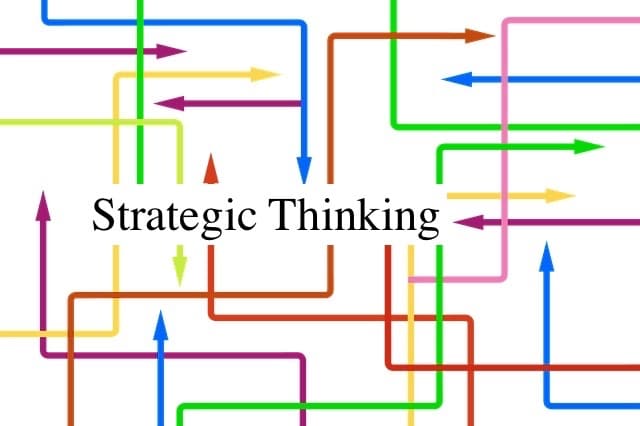One of the essential mathematical problem-solving skills that we want our children to develop is that of logical thinking: ‘if this … then that’. Strategy games are a great way to offer children the opportunity to develop this skill in a stimulating environment. These seemingly simple pencil-and-paper games were invented by mathematicians. They call for two players and strategic thinking.
********************************************
Gustavus J. Simmons, a cryptographer and mathematician, invented this game in 1969.


HOW TO PLAY
Two players take turns tracing the gray lines between dots. One player uses one color ink or pencil, while the other uses another color. The first player who is forced to complete a triangle (with all three sides in his or her color) loses the game. Triangles must be formed with dots at each point; interior segments don’t count.
********************************************************************************
First published in the 19th century by the French mathematician Édouard Lucas, Dots and Boxes was called La Pipopipette

HOW TO PLAY
Two players take turns joining two horizontally or vertically adjacent dots by a line. The player who completes the fourth side of a square (i.e., a box) puts his or her initials inside and gets another turn. When all of the dots have been made into boxes, the player with the most boxes wins.
Your child may draw in the third side of a box, only to realize that you can happily claim that box on the next turn. So they begin to look at the game board a little differently, focusing on “safe” lines that they can draw. The beginning of the game turns into a dance, where both opponents circle each other, adding lines in new locations while being careful not to draw the third side on any box, lest their opponent claim that fourth side.





